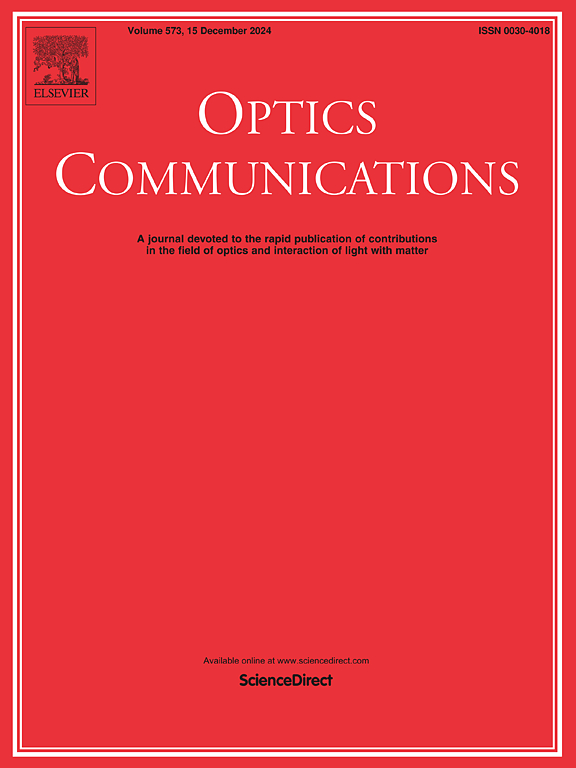Indoor visible light positioning system driven by deep neural network based on kalman filtering and clustering optimization
IF 2.2
3区 物理与天体物理
Q2 OPTICS
引用次数: 0
Abstract
With the continuous development of indoor positioning technology, indoor visible light positioning as an emerging positioning scheme has gradually become an emerging and promising field with its high accuracy and low cost. However, visible light is easily affected by environmental noise and reflections from indoor boundary walls, which reduces the accuracy and system robustness of indoor visible light positioning. To solve this problem, K-medoids clustering and Kalman filtering are introduced in this paper, which effectively reduce the adverse effect of noise and the problem of large errors in edge position positioning, finally, the positioning accuracy and system robustness are further improved by deep neural network training. After the experimental simulation, the positioning accuracy reached 1.3 cm, and compared with the other nine common indoor visible light positioning schemes, the positioning scheme proposed in this paper has obvious advantages in terms of positioning accuracy and system robustness.
基于卡尔曼滤波和聚类优化的深度神经网络驱动的室内可见光定位系统
随着室内定位技术的不断发展,室内可见光定位作为一种新兴的定位方案,以其高精度、低成本的优势逐渐成为一个新兴的、有发展前景的领域。然而,可见光容易受到环境噪声和室内边界墙反射的影响,降低了室内可见光定位的精度和系统鲁棒性。针对这一问题,本文引入k - mediids聚类和卡尔曼滤波,有效降低了边缘位置定位中噪声的不利影响和误差大的问题,最后通过深度神经网络训练进一步提高定位精度和系统的鲁棒性。经过实验仿真,定位精度达到1.3 cm,与其他9种常见的室内可见光定位方案相比,本文提出的定位方案在定位精度和系统鲁棒性方面具有明显优势。
本文章由计算机程序翻译,如有差异,请以英文原文为准。
求助全文
约1分钟内获得全文
求助全文
来源期刊

Optics Communications
物理-光学
CiteScore
5.10
自引率
8.30%
发文量
681
审稿时长
38 days
期刊介绍:
Optics Communications invites original and timely contributions containing new results in various fields of optics and photonics. The journal considers theoretical and experimental research in areas ranging from the fundamental properties of light to technological applications. Topics covered include classical and quantum optics, optical physics and light-matter interactions, lasers, imaging, guided-wave optics and optical information processing. Manuscripts should offer clear evidence of novelty and significance. Papers concentrating on mathematical and computational issues, with limited connection to optics, are not suitable for publication in the Journal. Similarly, small technical advances, or papers concerned only with engineering applications or issues of materials science fall outside the journal scope.
 求助内容:
求助内容: 应助结果提醒方式:
应助结果提醒方式:


